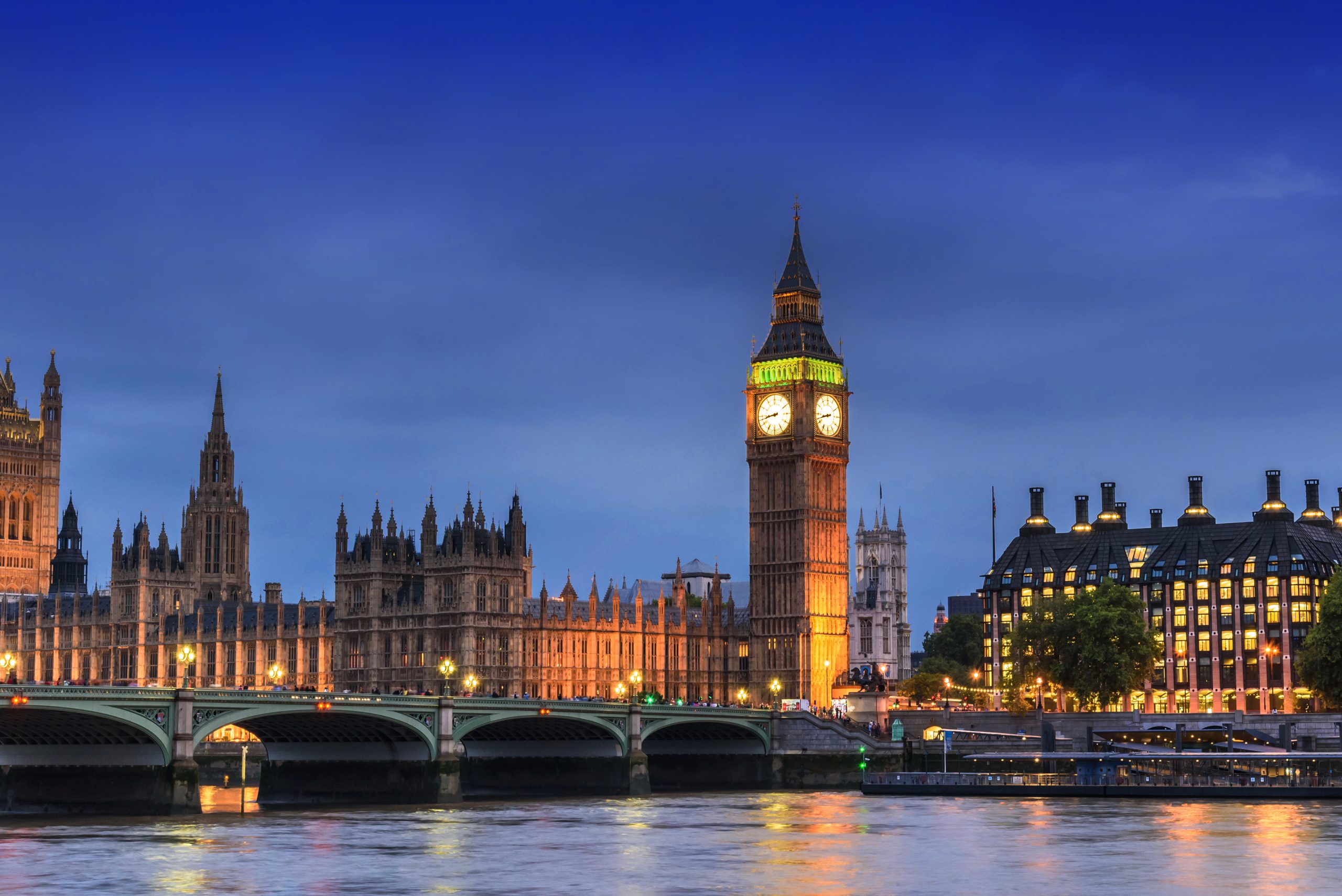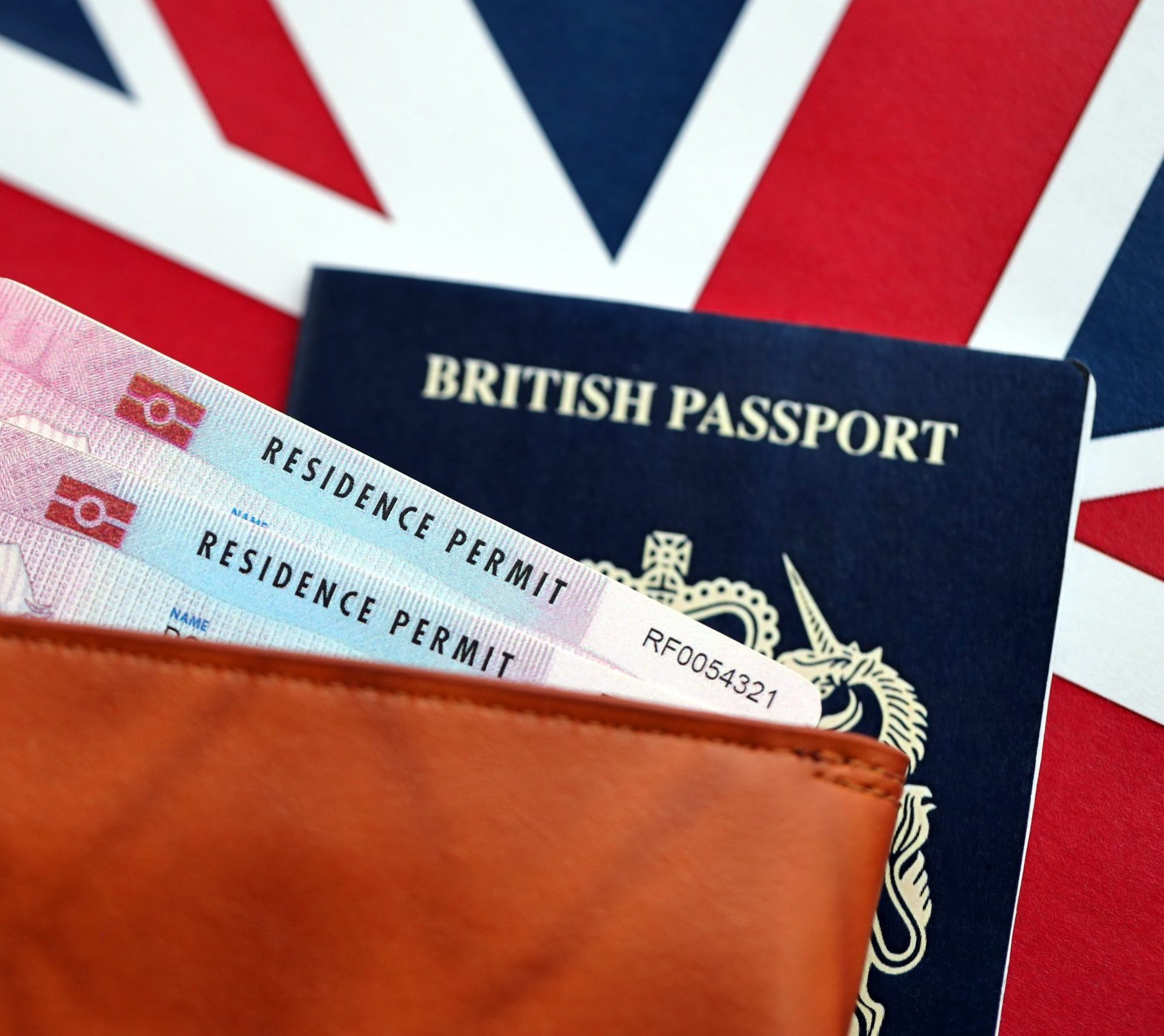What is the new UK-France migrant deal? The “one-in- one-out” pilot scheme
Written by: Caroline Echwald

A new pilot scheme between the UK and France came into force this week, that will have a significant impact on people arriving in the UK to seek asylum.
Under this new agreement, known as the “one-in-one-out” deal, some people who cross the Channel in small boats will now be sent back to France, without having their asylum claims considered here in the UK. In exchange, the UK has agreed to take in the same number of asylum seekers from France, but only those who haven’t previously tried to enter the UK irregularly and are considered to have a ‘strong’ claim (including if they have family members based in the UK).
The idea, according to the UK Government, is to discourage people from making dangerous journeys and to disrupt smuggling networks. But while the goals may sound reasonable in theory, the way this is being done raises serious questions, legally, ethically, and practically.
Here is what we know so far.
What’s changing?
The key points introduced by this deal are:
- Immediate detention: Anyone arriving by small boat who falls under the scope of this agreement can now be detained when they enter the UK.
- Inadmissible asylum claims: These individuals will usually be told their claim won’t be considered because they arrived from France, which the UK considers a “safe third country” making their claim inadmissible.
- Return to France: They may be removed to France without having their asylum claim heard in the UK.
- New ‘safe route’: In exchange, France will refer the same number of asylum seekers to the UK, who will apply and go through security and eligibility checks before being granted entry.
Unaccompanied asylum-seeking children are understood to be excluded from the arrangements. This presents another layer of challenge, presuming that age assessments routinely accurately reflect an individual’s age instead of being cognisant of the reality: that age assessments are routinely incredibly traumatising and underpinned by assumptions coloured by dynamics of race, gender and other characteristics. Rather than being aware of this reality, this government has sought to instead suggest even more cruel policies and practices.
How will people be removed?
Individuals arriving in the UK via small boats will now be at risk of return to France. In order for a person to be returned, their asylum claim must be deemed as inadmissible. To do so the person must have a screening interview to register their asylum claim and the Home Office will use the information to decide if the claim is inadmissible.
The Home Office will likely rely on the point that a claim won’t be considered because they arrived from France, which the UK considers a “safe third country”.
There will be ways to appeal or challenge the outcome in theory. But in practice, access to legal advice for people in immigration detention is already limited, and that access could become even harder under this new fast-moving process, with a limit of 14 days for the Home Office to request the return of an individual.
What about the new ‘safe and legal route’?
The Government has presented the reciprocal element of this deal, the ‘in’ part of “one-in-one-out”, as a safer alternative for those seeking asylum. But there are still big questions about how it will work.
So far, we know that all applicants to the scheme will go through documentation and security checks. But many people fleeing conflict or persecution don’t have passports or paperwork to present, effectively barring them from the scheme.
To be eligible, individuals cannot have been granted protection by another country or have permission to stay in France, nor can they have previously entered in the UK.
While the Home Secretary has stated that priority will be given to “individuals most likely to be refugees and those most vulnerable to targeting by people smugglers, as well as individuals with a connection to the UK,”there is no clear indication of how such prioritisation will actually be determined in practice.
It is important to recognise that the Home Office’s interpretation of vulnerability will likely be narrow and may exclude individuals who, by most reasonable standards, are at significant risk. Many of those making the dangerous journey across the Channel rely on smugglers precisely because they have no safe alternative, a factor which, in itself, may indicate vulnerability.
Yet under this scheme, it remains unclear how vulnerability to smugglers will be assessed, especially in a context where the use of smugglers is often a necessity rather than a choice. It seems this “safe route” may only be open to a small, select few. Limited not just by the number of people the reciprocal nature of the agreement will include, but by the requirements.
As mentioned, unaccompanied children will not be eligible for the scheme, meaning age assessment challenges on both sides of the channel especially if children face the incentive of claiming to be adult to be considered for this scheme.
What happens to people who can’t be removed under the quota?
One of the most striking limitations of this scheme is the cap on numbers. The pilot will initially see around 50 people returned to France each week. That leaves a far larger number of people arriving in small boats who will not be covered by the agreement at all.
Under current Home Office policy, these people are still likely to be told that their asylum claim is “inadmissible” because they travelled through a so-called safe third country. In theory, the government can then try to remove them elsewhere but there are very few return agreements in place. If no other country will accept them, and the UK cannot remove them within a “reasonable period,” the Home Office will be required to admit their claims into the UK asylum system.
In the meantime, many of these individuals may be held in immigration detention for weeks or months, before being released into the community while living in legal limbo. They will face prolonged uncertainty, with no clear path to resolution, simply because the quota for returns to France has been filled. Far from delivering the “swift, decisive outcomes” promised by ministers, these risk recreating a two-tier system: a small number of people removed quickly, and a much larger number left waiting in precarious and often harmful circumstances.
Why are we concerned?
While the Government claims this approach is about restoring control, the reality on the ground is far more complicated and deeply worrying for people looking to seek protection in the UK and should be cause for great concern to those working to protect the rights of migrants in the UK.
First, this scheme risks bypassing the UK’s responsibilities under international law. The Refugee Convention says asylum seekers must be given a fair chance to have their claims heard. Yet this policy leans heavily on a legal loophole: if someone passes through a country like France, the UK can declare their claim “inadmissible” and refuse to hear it, even if they have real reasons to fear being sent back to their home country.
The UK is still required to ensure that anyone facing return doesn’t have an outstanding human rights claim. But if no claim has yet been submitted, perhaps because the person hasn’t had a chance to speak to a lawyer, the government may still proceed with removal. That’s a huge concern.
Importantly, this scheme should be seen as a form of ‘offshoring’, with individuals being forcibly removed to a country that is neither their country of origin nor the place that they wished to seek to claim asylum.
“This deal creates the illusion of control without addressing the reality of why people risk the Channel crossing. For every person swiftly returned to France, many more will be left in indefinite limbo — detained, displaced, and denied. The numbers will inevitably rise in the years ahead, because this policy does nothing to address the reasons people are forced to flee, whether war, famine, or climate change. The UK should shoulder the responsibility of its imperial past, learn its lessons, and be a positive example to the international community by building safe, accessible routes and honouring its legal obligations, not outsourcing its responsibilities and people’s futures.”
– Christopher Desira, Director Seraphus.
The uncertain and likely limited numbers of possible returns do not seem a greater deterrent than the dangerous crossing in a small boat. The scheme that allows some to enter the UK legally is so limited that many will not be eligible. It is unlikely this scheme will have any effect on the stated objective of reducing the number of people risking their lives crossing the channel.
This deal will be closely watched across Europe, not just for its practical impact, but for the precedent it sets. As legal professionals working in immigration and asylum, we’re deeply concerned that policies like this continue to shift focus away from protection and fairness, and towards deterrence, ‘management’ and control.
The fact remains that people don’t risk their lives to cross the Channel because they want to break the rules: they do it because they’re desperate and often have no other option.
We believe the UK should be creating more accessible, safe routes and ensuring everyone who arrives here has a fair opportunity for their claims to be heard, in line with their international legal obligations. Not rushing people into detention, closing the door on their claims, and effectively ‘offshoring’ their responsibilities to other countries.Everyone has the right to safety and the right to be treated with dignity.
Need support in your UK immigration journey?
If you have an immigration query, our team of expert lawyers can help guide you through this complex and changing area of law. Get in touch with a Seraphus lawyer via the contact form below.

-

Immigration system changes announced 14 October 2025
Written by: Christopher Desira
What are the immigration changes? On 14 October 2025, the UK Government presented major changes to the UK Immigration Rules to Parliament. These changes affect students, workers, visitors, and families and will come into effect on different dates. Most of the announced changes point to making it harder for people come to the UK and […]Read article -

Labour’s Proposed Changes to Indefinite Leave to Remain (ILR)
Written by: Caroline Echwald
What is ILR? Indefinite Leave to Remain (ILR) is a form of permanent immigration status in the UK. It allows someone to live, work and study in the UK without time restrictions, and it is often the last step before applying for British citizenship. Many migrants work towards ILR after years of living in the […]Read article -

Indefinite Leave to Remain vs British citizenship: which is the better choice for long-term UK residents
Written by: Christopher Desira
For many long-term residents the choice between indefinite leave to remain (also known as ‘ILR’ or ‘settlement’) and British citizenship is crucial. At Seraphus, we understand the uncertainties of immigration statuses. This guide explains the differences, highlights the benefits and limitations of each, and offers practical information to help you make an informed decision about […]Read article
